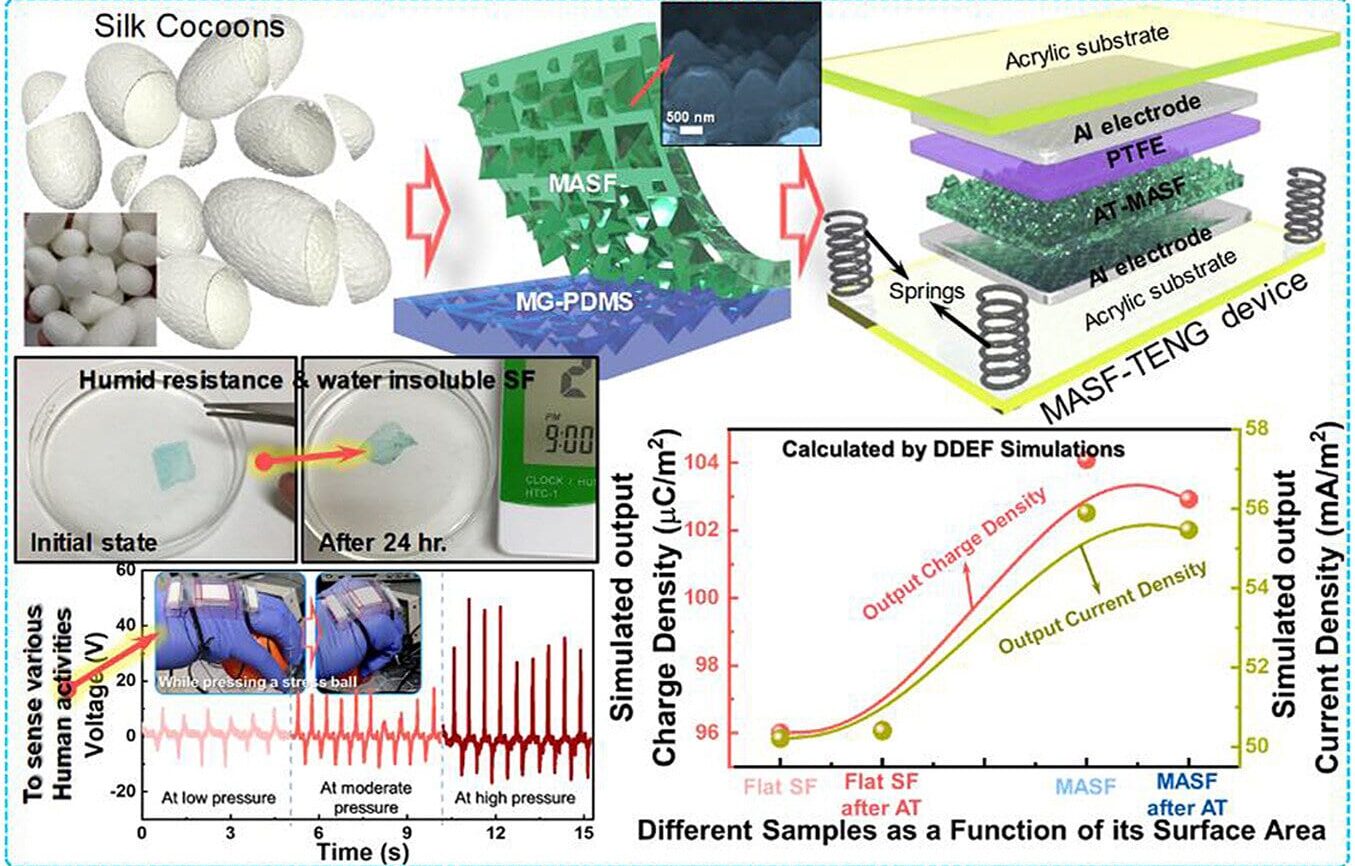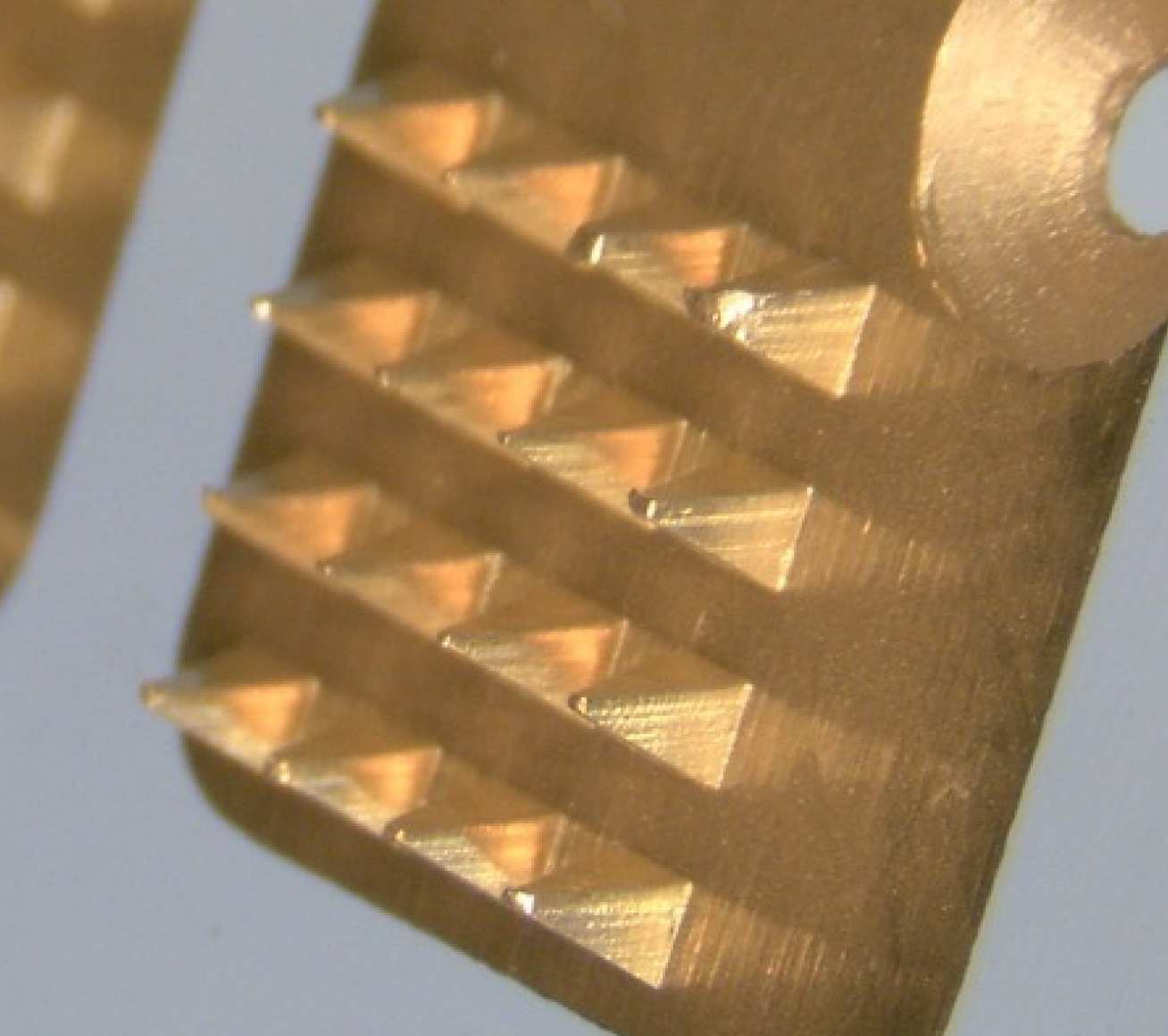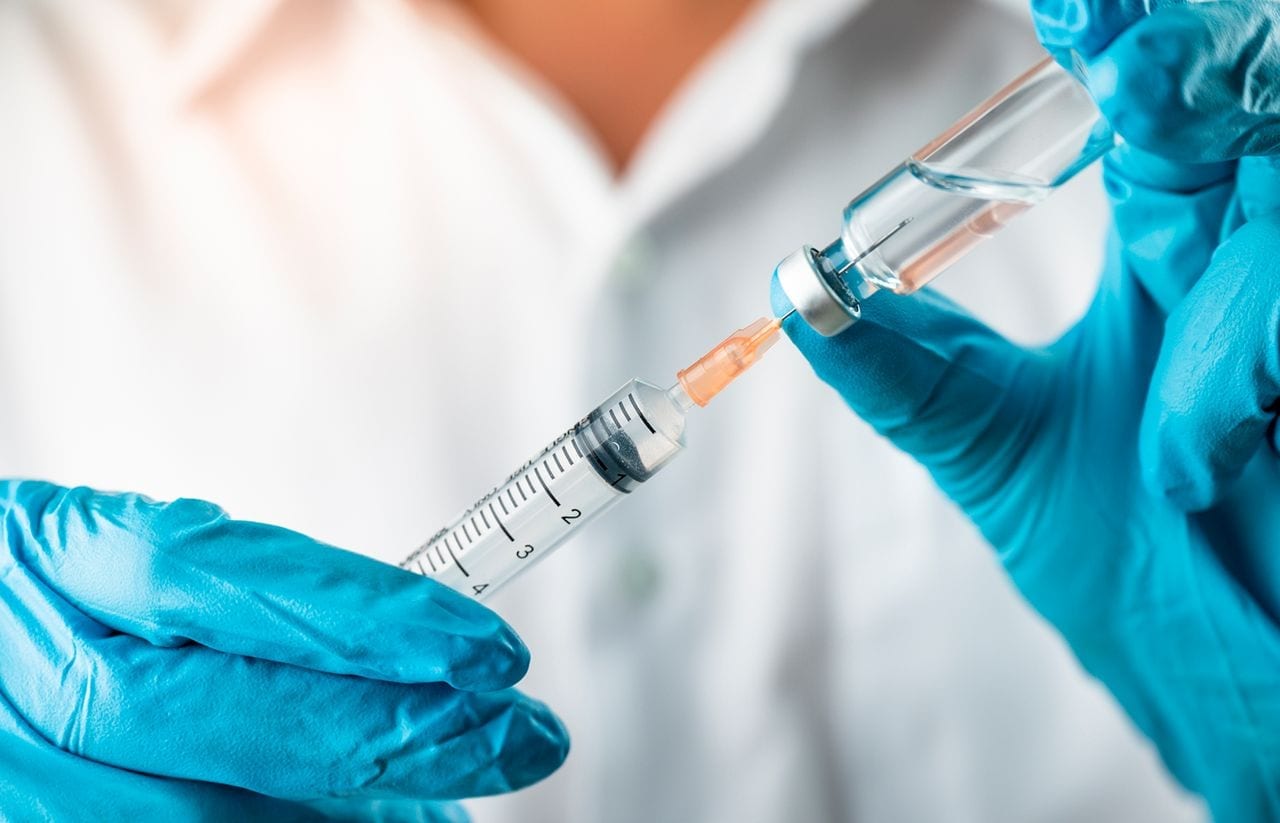Researchers from the University of Surrey have revealed their new biodegradable motion sensor – paving the way for implanted nanotechnology that could help future sports professionals better monitor their movements to aid rapid improvements, or help caregivers remotely monitor people living with dementia.
In a paper published by Nano Energy, a team from Surrey’s Advanced Technology Institute (ATI), in partnership with Kyung Hee University in South Korea, detail how they developed a nano-biomedical motion sensor which can be paired with AI systems to recognise movements of distinct body parts.
The ATI’s technology builds on its previous work around triboelectric nanogenerators (TENG), where researchers used the technology to harness human movements and generate small amounts of electrical energy. Combining the two means self-powered sensors are possible without the need for chemical or wired power sources.
In their new research, the team from ATI developed a flexible, biodegradable and long-lasting TENG from silk cocoon waste. They used a new alcohol treatment technique, which leads to greater durability for the device, even under harsh or humid environments.
Dr. Bhaskar Dudem, project lead and Research Fellow at the ATI, said: “We are excited to show the world the immense potential of our durable, silk film based nanogenerator. It’s ability to work in severe environments while being able to generate electricity and monitor human movements positions our TENG in a class of its own when it comes to the technology.”
Professor Ravi Silva, Director of the ATI, said: “We are proud of Dr Dudem’s work which is helping the ATI lead the way in developing wearable, flexible, and biocompatible TENGs that efficiently harvest environmental energies. If we are to live in a future where autonomous sensing and detecting of pathogens is important, the ability to create both self-powered and wireless biosensors linked to AI is a significant boost.”
The Latest Updates from Bing News & Google News
Go deeper with Bing News on:
Implantable biosensor
- Electrotherapy System Market size worth $ 1587.04 Billion, Globally, by 2031 at 4.39% CAGR – Report By Verified Market Research®
Explore the Lucrative Landscape of Electrotherapy Systems - Uncover Market Insights, Growth Trends, and Profitable Opportunities TodayJersey City, New Jersey, April 24, 2024 (GLOBE NEWSWIRE) -- The ...
- The Role of Piezoelectric Materials in Medical Devices
Piezoelectrics can harness the biomechanical energy generated by body movements to act as a power source for implantable medical devices ... Recent development of piezoelectric biosensors for ...
Go deeper with Google Headlines on:
Implantable biosensor
[google_news title=”” keyword=”implantable biosensor” num_posts=”5″ blurb_length=”0″ show_thumb=”left”]
Go deeper with Bing News on:
Implanted nanotechnology
- Crinkled coatings could prevent medical implants from failing
Medical implants could fail less often when coated with a microscopically crinkled, ceramic material designed by researchers at the University of Michigan. The coating is described in a paper ...
- Nanotechnology for Regenerative Medicine: Nanomaterials for Stem Cell Imaging
The application of nanotechnology to stem cell biology would be able to address those challenges. This review details the current challenges in regenerative medicine, the current applications of ...
- Nanotechnology news
Medical implants could fail less often when coated with a microscopically crinkled, ceramic material designed by researchers at the University of Michigan. The coating is described in a paper ...
- Nanotechnology in Therapeutics
Nanomedicine. 2012;7(8):1253-1271. Although passive targeting approaches form the basis of clinical therapy, they suffer from several limitations. Ubiquitously targeting cells within a tumor is ...
- FDA recalls implanted heart devices linked to 14 deaths
Two implanted heart devices used by patients in end-stage heart failure are now under a strict U.S. Food and Drug Administration recall, after being tied to 273 known injuries and 14 deaths ...
Go deeper with Google Headlines on:
Implanted nanotechnology
[google_news title=”” keyword=”implanted nanotechnology” num_posts=”5″ blurb_length=”0″ show_thumb=”left”]












